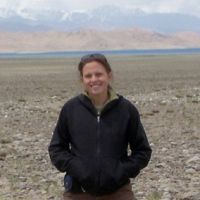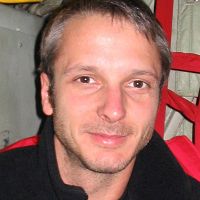Lukens et al., 2013
Evidence for climatic and topographic control of the size and flux of eroded sediment across a steep mountain catchment
Lukens, C., C.S. Riebe, L.S. Sklar, and D.L. Shuster. (2013)
American Geophysical Union, Fall Meeting 2013, abstract EP52A-05.
-
Sierra, GRAD STUDENT
-
Sierra, INVESTIGATOR
Abstract
Weathering on mountain slopes converts rock to sediment that erodes into channels and thus provides streams with tools for incision into bedrock. Both the size and flux of sediment from slopes can influence channel incision, making sediment production and erosion central to the interplay of climate and tectonics in landscape evolution. Although erosion rates are commonly measured using cosmogenic nuclides, there has been no complementary way to quantify how sediment size varies across slopes where the sediment is produced. Here we show how this limitation can be overcome using a combination of apatite helium ages and cosmogenic nuclides measured in multiple sizes of stream sediment. We applied the approach to a catchment underlain by granodiorite bedrock on the eastern flanks of the High Sierra, in California. Our results show that higher-elevation slopes, which are steeper, colder, and less vegetated, are producing coarser sediment that erodes faster into the channel network. This suggests that both the size and flux of sediment from slopes to channels are governed by altitudinal variations in climate, vegetation, and topography across the catchment. By quantifying spatial variations in the sizes of sediment produced by weathering, this analysis enables new understanding of sediment supply in feedbacks between climate, tectonics, and mountain landscape evolution.
Citation
Lukens, C., C.S. Riebe, L.S. Sklar, and D.L. Shuster. (2013): Evidence for climatic and topographic control of the size and flux of eroded sediment across a steep mountain catchment. American Geophysical Union, Fall Meeting 2013, abstract EP52A-05..
 This Paper/Book acknowledges NSF CZO grant support.
This Paper/Book acknowledges NSF CZO grant support.
Explore Further


